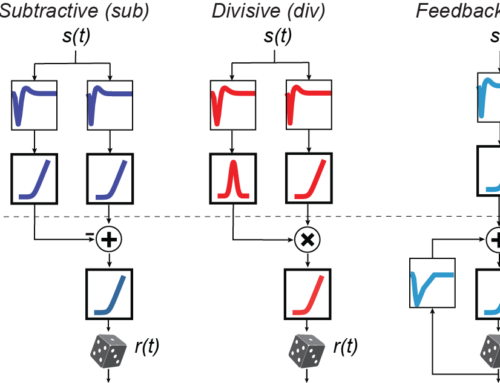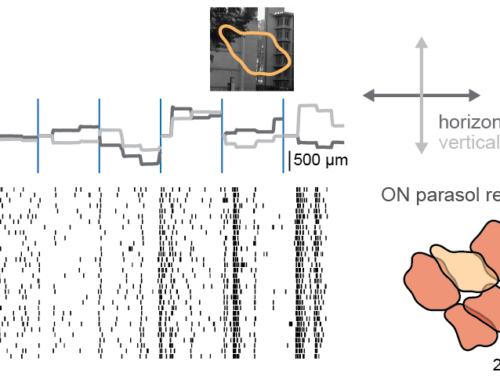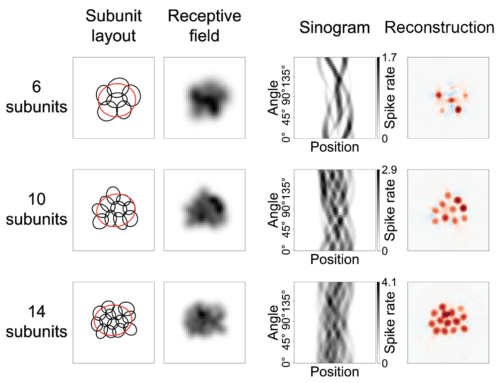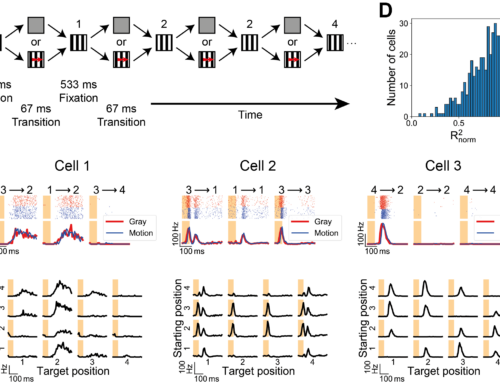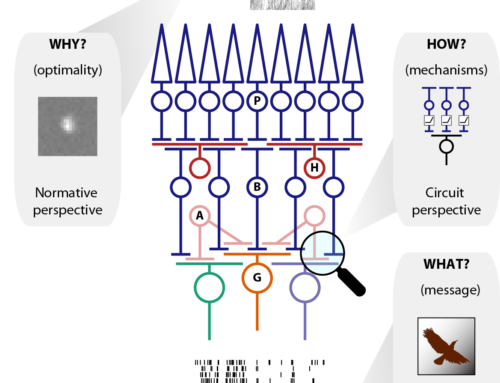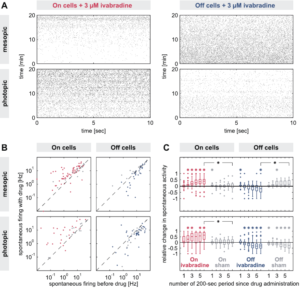
Differential Effects of HCN Channel Block on On and Off Pathways in the Retina as a Potential Cause for Medication Induced Phosphene Perception.
PURPOSE
Phosphene perception is a characteristic side effect of heart rate–reducing medication that acts on hyperpolarization-activated cyclic nucleotide-gated (HCN) ion channels. It is hypothesized that these phosphenes are caused by blocking HCN channels in photoreceptors and neurons of the retina, yet the underlying changes in visual signal processing in the retina caused by the HCN channel block are still unknown.
METHODS
We examined the effects of pharmacologic HCN channel block on the encoding of visual signals in retinal ganglion cells by recording ganglion cell spiking activity from isolated mouse retinas mounted on multielectrode arrays. Spontaneous activity and responses to various visual stimuli were measured before, during, and after administration of 3lM ivabradine.
RESULTS
Retinal ganglion cells generally showed slower response kinetics and reduced sensitivity to high temporal frequencies under ivabradine. Moreover, ivabradine differentially affected the sensitivity of On and Off ganglion cells. On cells showed reduced response gain,whereas Off cells experienced an increase in response threshold. In line with these differential effects, Off cells, in contrast to On cells, also showed reduced baseline activity during visual stimulation and reduced spontaneous activity. Furthermore, Off cells, but not On cells, showed increased burst-like spiking activity in the presence of ivabradine.
CONCLUSIONS
Our data suggest that pharmacologic HCN channel block in the retina leads to a shift in the relative activity of the On and Off pathways of the retina. We hypothesize that this imbalance may underlie the medication-induced perception of phosphenes.
